-
 Bitcoin
Bitcoin $117500
2.15% -
 Ethereum
Ethereum $3911
6.19% -
 XRP
XRP $3.316
10.79% -
 Tether USDt
Tether USDt $1.000
0.01% -
 BNB
BNB $787.2
2.24% -
 Solana
Solana $175.2
4.15% -
 USDC
USDC $0.9999
0.00% -
 Dogecoin
Dogecoin $0.2225
8.40% -
 TRON
TRON $0.3383
0.28% -
 Cardano
Cardano $0.7868
6.02% -
 Stellar
Stellar $0.4382
9.34% -
 Hyperliquid
Hyperliquid $40.92
7.56% -
 Sui
Sui $3.764
7.63% -
 Chainlink
Chainlink $18.48
10.66% -
 Bitcoin Cash
Bitcoin Cash $582.1
1.88% -
 Hedera
Hedera $0.2601
6.30% -
 Avalanche
Avalanche $23.33
4.94% -
 Ethena USDe
Ethena USDe $1.001
0.02% -
 Litecoin
Litecoin $122.3
2.04% -
 UNUS SED LEO
UNUS SED LEO $8.969
-0.27% -
 Toncoin
Toncoin $3.339
0.86% -
 Shiba Inu
Shiba Inu $0.00001287
4.30% -
 Uniswap
Uniswap $10.43
7.38% -
 Polkadot
Polkadot $3.861
5.08% -
 Dai
Dai $1.000
0.02% -
 Bitget Token
Bitget Token $4.513
3.41% -
 Monero
Monero $267.7
-6.18% -
 Cronos
Cronos $0.1499
4.14% -
 Pepe
Pepe $0.00001110
5.15% -
 Aave
Aave $284.9
8.28%
How is Cardano's security guaranteed?
Cardano's Ouroboros consensus protocol, utilizing proof-of-stake, multi-party computation, and threshold signatures, ensures the blockchain network's security by distributing cryptographic processes and fostering decentralized governance.
Feb 16, 2025 at 09:12 am
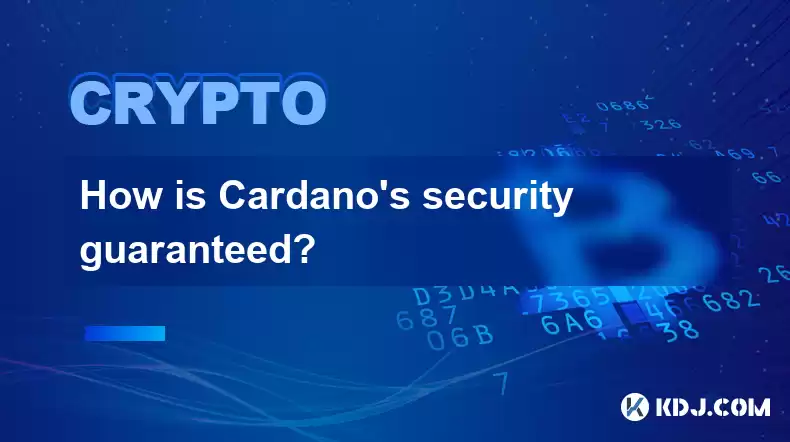
Key Points
- Cardano's Ouroboros Consensus Protocol
- Multi-Party Computation (MPC) and Threshold Signatures
- Formal Verification and Code Audits
- Stake Pool Operators and Delegation
- Transaction Verification and Validation
- Governance and Decentralization
Content
1. Cardano's Ouroboros Consensus Protocol
Cardano's security is primarily underpinned by the Ouroboros consensus protocol, a proof-of-stake (PoS) mechanism that eliminates the need for energy-intensive mining. Ouroboros operates on the principle of time-based leader selection, where network participants called "stake pool operators" (SPOs) are chosen to validate and produce new blocks based on their stake in the network.
The Ouroboros protocol ensures the safety and integrity of the Cardano blockchain by utilizing a robust system of checks and balances. Stake pool operators must provide a high level of uptime and maintain a consistent connection to the network, actively participating in consensus. If an SPO fails to meet these requirements, it will lose its stake, creating incentives for responsible and accountable behavior.
2. Multi-Party Computation (MPC) and Threshold Signatures
Cardano employs advanced cryptographic techniques like MPC and threshold signatures to enhance the security of its blockchain. MPC divides cryptographic computations into multiple smaller tasks, distributing them among different entities (stake pool operators). This ensures that no single entity has control over the entire cryptographic process, significantly reducing the risk of compromise or malicious activity.
Threshold signatures are used in conjunction with MPC to achieve distributed key management. Instead of a single entity holding the private key, a set of keys are distributed among multiple parties (stake pool operators). This prevents any single entity from gaining complete control over the network or authorizing transactions without proper consensus.
3. Formal Verification and Code Audits
Cardano's codebase has undergone rigorous formal verification and extensive code audits. Formal verification uses mathematical techniques to prove that the code adheres to its intended specifications, effectively eliminating vulnerabilities and security risks. Reputable third-party auditors independently review the codebase to identify any potential exploits or weaknesses, ensuring the integrity of the blockchain.
4. Stake Pool Operators and Delegation
Cardano's PoS mechanism allows users to delegate their stake to SPOs, who are responsible for validating transactions and maintaining the network. SPOs are incentivized to act in the best interests of the network due to the rewards they receive for their contributions. This creates a decentralized and distributed network where no single entity has undue influence.
5. Transaction Verification and Validation
Every transaction on the Cardano blockchain is thoroughly verified and validated before being added to the ledger. Stake pool operators play a crucial role in this process by running various consensus algorithms to reach an agreement on the validity of transactions. This multiple-step verification system ensures that only valid transactions with proper authorization are recorded on the blockchain.
6. Governance and Decentralization
Cardano's governance model empowers stakeholders to participate in decision-making and guide the direction of the project. Through its decentralized autonomous organization (DAO), Cardano allows users to propose and vote on upgrades, protocol changes, and treasury allocations. This transparent and community-driven approach fosters a strong sense of ownership and decentralization.
FAQs
Q: How secure is Cardano compared to other cryptocurrencies?
A: Cardano's Ouroboros consensus protocol, MPC, threshold signatures, and rigorous code audits set it apart in terms of security. It has not experienced any major security breaches or hacks to date.
Q: Can Cardano be regulated?
A: Cardano is a decentralized network that operates independently of any central authority. However, certain jurisdictions may impose regulations on cryptocurrency exchanges, staking activities, or other aspects of the ecosystem.
Q: What is the role of stake pool operators in Cardano's security?
A: Stake pool operators are responsible for validating transactions, producing new blocks, and securing the network. Their active participation and responsibility for their stake contribute to the overall security and stability of the Cardano blockchain.
Disclaimer:info@kdj.com
The information provided is not trading advice. kdj.com does not assume any responsibility for any investments made based on the information provided in this article. Cryptocurrencies are highly volatile and it is highly recommended that you invest with caution after thorough research!
If you believe that the content used on this website infringes your copyright, please contact us immediately (info@kdj.com) and we will delete it promptly.
- Tron's Sell-Off Spurs Altcoin Shift: What's Next for TRX?
- 2025-08-08 08:30:12
- Sleep Token's US Takeover: Thornhill Rides the 'Even In Arcadia' Wave
- 2025-08-08 08:30:12
- FTT Token's Wild Ride: Creditor Repayments vs. Market Drop - A New Yorker's Take
- 2025-08-08 07:10:12
- Floki Crypto Price Prediction: Riding the Robinhood Rocket or Just a Meme?
- 2025-08-08 07:15:12
- EigenLayer, Restaking, and Ethereum: Navigating the Hype and the Hazards
- 2025-08-08 06:30:12
- Super Bowl 59: Jon Batiste to Jazz Up the National Anthem
- 2025-08-08 06:30:12
Related knowledge

Where can I buy UMA (UMA)?
Aug 07,2025 at 06:42pm
Understanding UMA and Its Role in Decentralized FinanceUMA (Universal Market Access) is an Ethereum-based decentralized finance (DeFi) protocol design...

What exchanges support buying IOTA (MIOTA)?
Aug 07,2025 at 09:58pm
Understanding the Role of Private Keys in Cryptocurrency SecurityIn the world of cryptocurrency, private keys are the cornerstone of ownership and con...
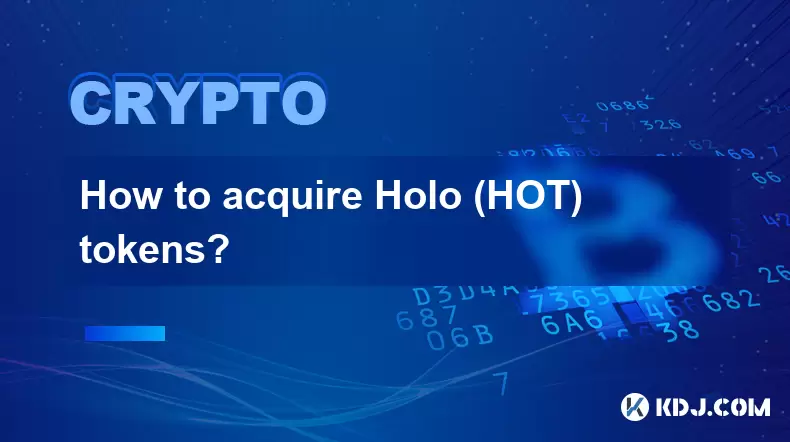
How to acquire Holo (HOT) tokens?
Aug 08,2025 at 05:56am
Understanding Holo (HOT) and Its EcosystemHolo (HOT) is a cryptocurrency token associated with the Holo ecosystem, which is built on the Holochain fra...
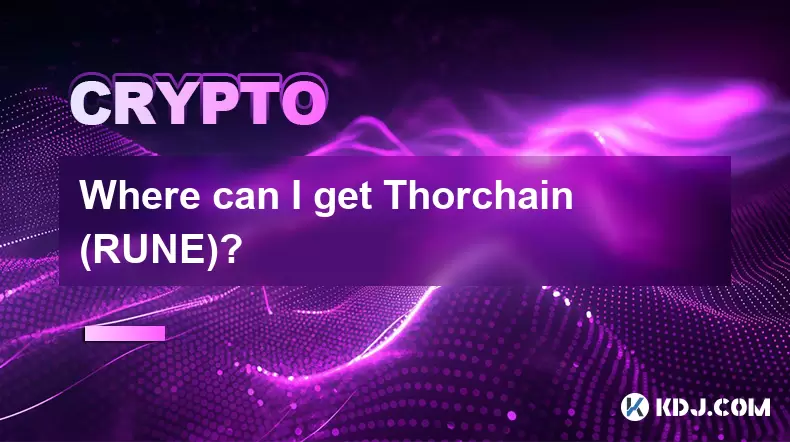
Where can I get Thorchain (RUNE)?
Aug 08,2025 at 08:07am
Understanding the Role of Seed Phrases in Cryptocurrency WalletsA seed phrase, also known as a recovery phrase or mnemonic phrase, is a critical compo...
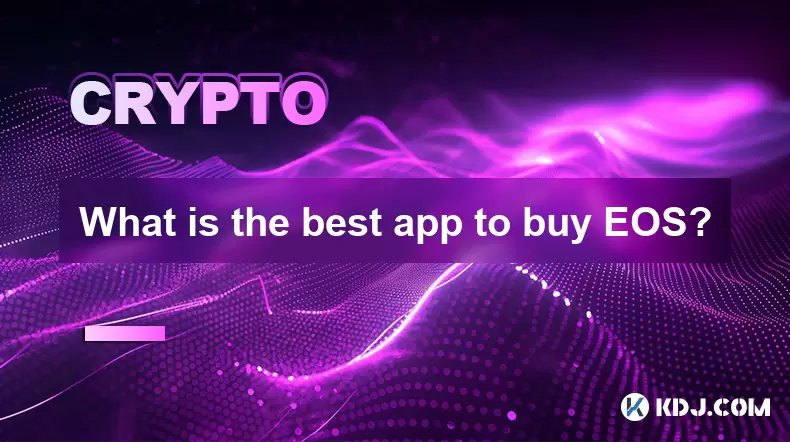
What is the best app to buy EOS?
Aug 07,2025 at 04:35pm
Understanding EOS and Its Role in the Cryptocurrency EcosystemEOS is a blockchain platform designed to support decentralized applications (dApps) with...
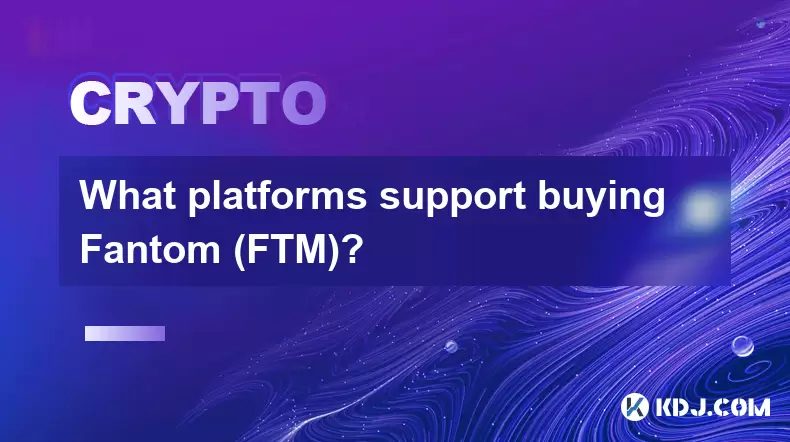
What platforms support buying Fantom (FTM)?
Aug 08,2025 at 01:56am
Overview of Fantom (FTM) and Its EcosystemFantom (FTM) is a high-performance, scalable, and secure layer-1 blockchain designed to overcome the limitat...

Where can I buy UMA (UMA)?
Aug 07,2025 at 06:42pm
Understanding UMA and Its Role in Decentralized FinanceUMA (Universal Market Access) is an Ethereum-based decentralized finance (DeFi) protocol design...

What exchanges support buying IOTA (MIOTA)?
Aug 07,2025 at 09:58pm
Understanding the Role of Private Keys in Cryptocurrency SecurityIn the world of cryptocurrency, private keys are the cornerstone of ownership and con...

How to acquire Holo (HOT) tokens?
Aug 08,2025 at 05:56am
Understanding Holo (HOT) and Its EcosystemHolo (HOT) is a cryptocurrency token associated with the Holo ecosystem, which is built on the Holochain fra...

Where can I get Thorchain (RUNE)?
Aug 08,2025 at 08:07am
Understanding the Role of Seed Phrases in Cryptocurrency WalletsA seed phrase, also known as a recovery phrase or mnemonic phrase, is a critical compo...

What is the best app to buy EOS?
Aug 07,2025 at 04:35pm
Understanding EOS and Its Role in the Cryptocurrency EcosystemEOS is a blockchain platform designed to support decentralized applications (dApps) with...

What platforms support buying Fantom (FTM)?
Aug 08,2025 at 01:56am
Overview of Fantom (FTM) and Its EcosystemFantom (FTM) is a high-performance, scalable, and secure layer-1 blockchain designed to overcome the limitat...
See all articles

























































































